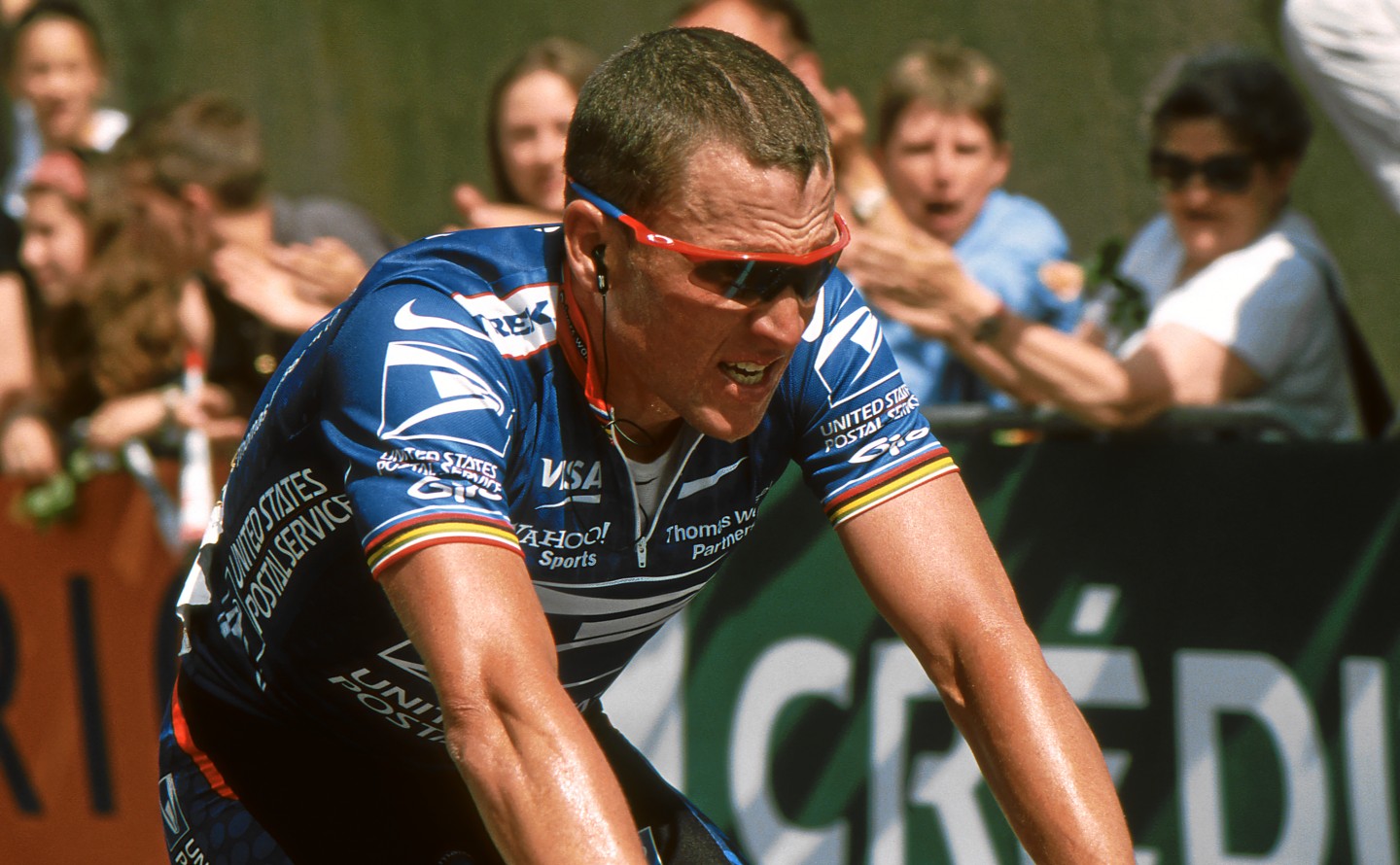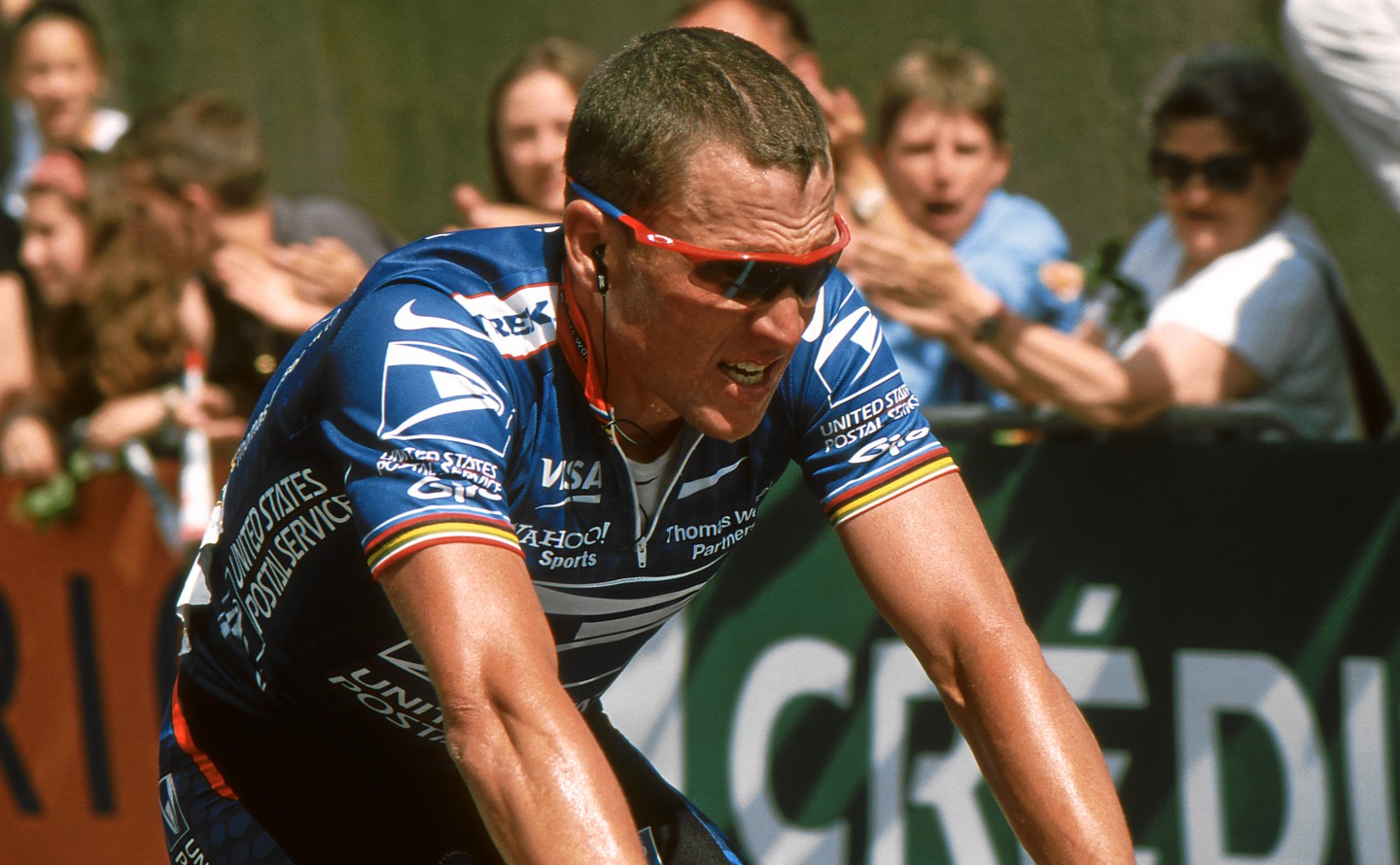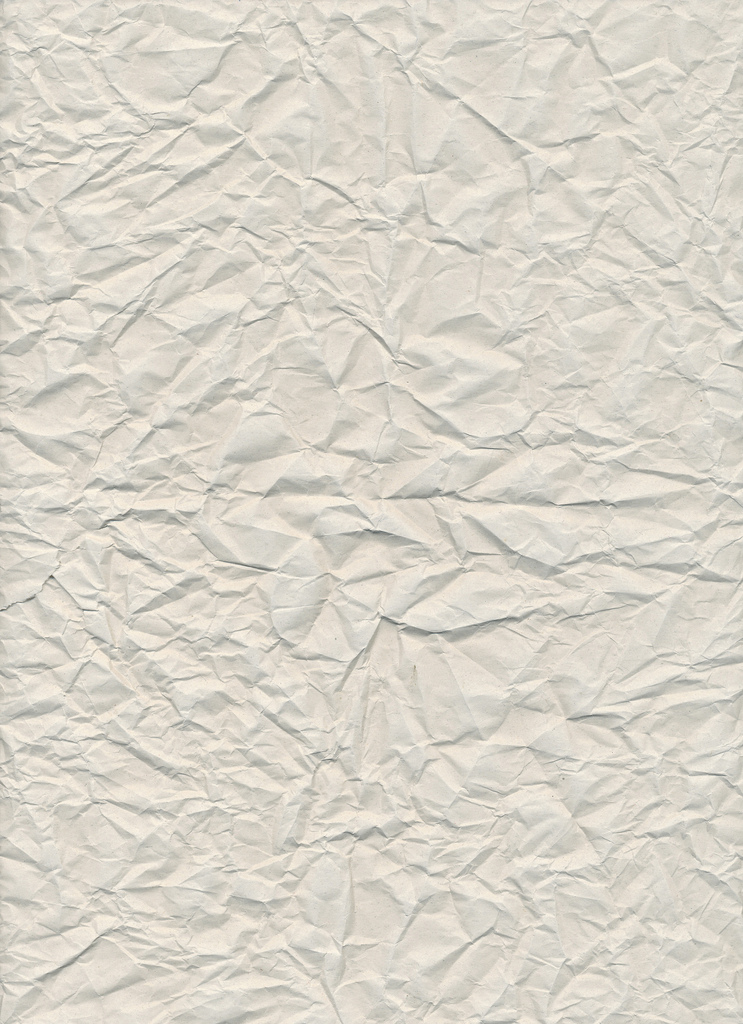In the week that the Tour de France brought a triumphant splash of yellow to Britain’s roads, the BBC and Channel 4 served up two films illustrating the darker side of cycling’s recent history.
The Armstrong Lie (Channel 4) and BBC Four’s Storyville: Lance Armstrong: Stop at Nothing offered a fascinating compare and contrast experience for fans of movies, sport and conspiracies. As I’d recently read two books about the Lance Armstrong doping controversy (Tyler Hamilton and Daniel Coyle’s The Secret Race and David Walsh’s Seven Deadly Sins: My Pursuit of Lance Armstrong), I didn’t need much persuasion to spend four hours mainlining Lance.
The Armstrong Lie was made by Alex Gibney (Mea Maxima Culpa: Silence in the House of God and Taxi to the Dark Side), while Lance Armstrong: Stop at Nothing was directed by Alex Holmes, writer/director of the 2004 miniseries House of Saddam. Both films recount how cancer survivor Lance Armstrong’s record seven Tour de France victories (1999-2005) were eventually revealed to be the work not of some two-wheeled messiah but of a power-crazed charlatan, boosted by EPO and blood transfusions. But though they often employ the same archive footage and interview the same people, the results feel very different.
Gibney’s film is the more “authored” piece, in which his own relationship with the Lance Armstrong Story takes centre stage. Gibney set out to make a movie about Lance’s comeback to cycling and his decision to compete in the 2009 Tour de France, riding for Astana. That project was derailed in the wake of Floyd Landis’s revelations about what really went on inside that all-conquering US Postal Service team. In October 2012 an investigation by the US Anti-Doping Agency (USADA) finally led to Lance being stripped of his yellow jerseys and banned for life.
When Gibney returned to the project, his main question was why Lance ever risked coming back to the sport and exposing what had been a remarkably effective cover-up of doping activities. Was he really riding “clean” in that comeback Tour? Gibney cuts between archive footage, material shot in 2009 and new interviews with his subject, to bring the story up to date. We drop in on Lance at home with the doping inspectors and see clips from his tête-à-tête with an unforgiving Oprah Winfrey in January 2013. A supposedly chastened Lance tells Gibney, “I didn’t live a lot of lies but I lived one big one”, and speculates on whether his cycling feats will remain expunged from the record books in decades to come.
The price of Gibney’s access to his subject is that The Armstrong Lie feels like a wholly undeserved opportunity for Lance have the final word — yet again. There is some eye-opening behind-the-scenes footage from the 2009 Tour de France, in which team director Johan Bruyneel fails to control Lance’s team-mate (and bitter rival) Alberto Contador. But can we expect any real insights or revelations when Armstrong himself keeps popping up every five minutes to offer his best impression of sincerity and contrition?
Lance Armstrong’s record seven Tour de France victories were eventually revealed to be the work not of some two-wheeled messiah but of a power-crazed charlatan, boosted by EPO and blood transfusions.
For me, Storyville: Lance Armstrong: Stop at Nothing is the far superior documentary because it allows Lance’s victims – and there are many – to have their say. The difference between the two films is best summed up with an incident from a 2009 press conference, in which Lance attacks Irish journalist and ex-cyclist Paul Kimmage for describing him as the “cancer” of the sport. “You’re not worth the chair that you’re sitting on,” he self-righteously declares, while more or less claiming to be the man who’s single-handedly ridding the world of that terrible disease. (It’s that messiah complex again.)
Gibney’s film then cuts to the grinning face of Lance’s former team-mate, George Hincapie, who was at that press conference and now seems to regard the hypocrisy as a bit of joke; Storyville shows us Kimmage’s angry riposte at the time. It’s significant because it emphasises that the BBC film is less concerned with myth-making and more focused on the voices of dissent that dogged this American “hero” throughout his glory years.
Lance’s former team-mate Frankie Andreu and his fearless and incorruptible wife Betsy (think Deputy Solverson from Fargo) are interviewed at length in both films. Frankie’s career was damaged and both suffered intimidation as a result of their refusal to adhere to the Armstrong “Omerta”. But in the Alex Holmes film we also hear from others who were traduced and thrown under the (team) bus, including former soigneur Emma O’Reilly, Tour de France winner Greg LeMond and the USADA’s Travis Tygart, who admits he received threats to his life. Tyler Hamilton gives us the lowdown on those blood transfusions, providing graphic detail that’s absent from the Gibney film.
The most glaring absence from The Armstrong Lie is the keen intellect and infallible bullshit detector of author, journalist and Teflon-coated anti-Lance crusader, David Walsh. In Storyville: Lance Armstrong: Stop at Nothing he highlights the stupidity of Armstrong not allowing the “ticking bomb” that was Floyd Landis back into his team, following Floyd’s two-year ban for doping in 2006. That decision pushed Landis towards his fateful decision to blow the whistle on Lance.
Walsh also points out that Lance’s demand that his accusers produce “extraordinary proof” of his doping reflected an unwavering belief that “different rules apply to the gods”.
As for why Lance Armstrong came back to the sport, Walsh calls it “the oldest theme in Hollywood”, comparing the cyclist’s high-octane career to that of a master jewel thief or an assassin, “They do their job brilliantly . . . someone says just one more job . . . they can’t resist”.











